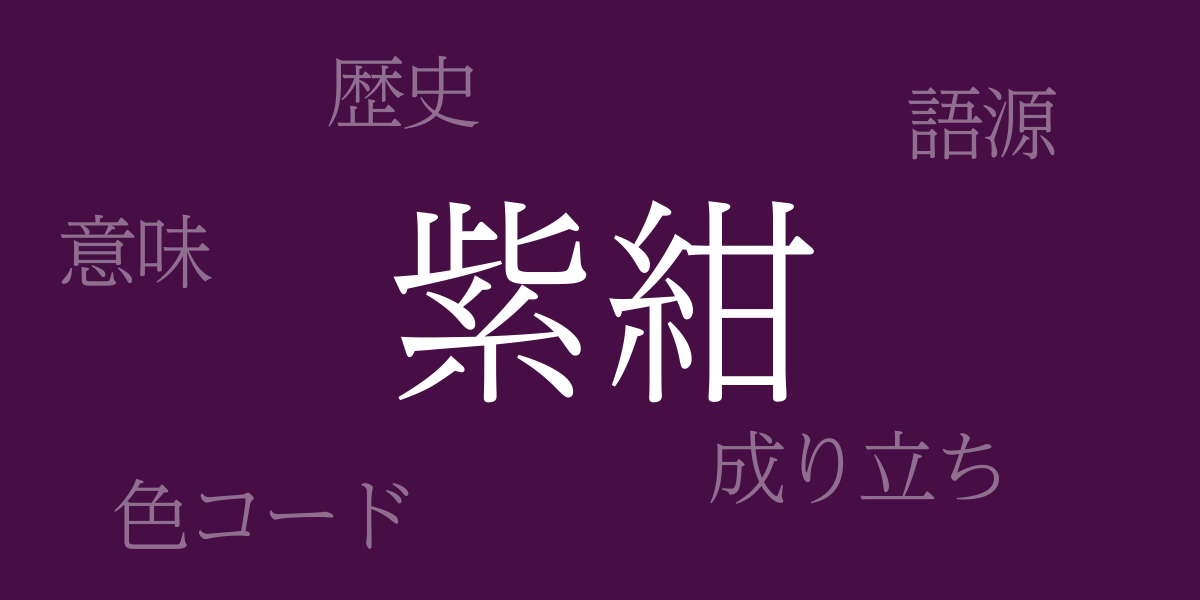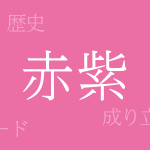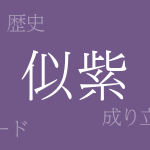Japan’s traditional colors are rich with beauty and depth, among which ‘Shikon (紫紺 – しこん)’ stands out. Deeply rooted in Japan’s history and culture, this color continues to captivate many. This article delves into the allure of Shikon, exploring its significance, history, and its applications today.
About Shikon (紫紺 – しこん)
Shikon (紫紺 – しこん) refers to a deep blue-tinted purple, traditionally prized as a noble color in Japan. As the name suggests, it’s a purple close to navy, known for its calm hue. This color, evident in Japan’s nature and traditional crafts, is closely linked to the Japanese aesthetic.
The History of Shikon
The history of Shikon dates back to ancient times, already used in the garb of nobility during the Nara period. By the Heian period, purple had become a symbol of the aristocracy, with Shikon particularly favored by those of high status. Shikon has also been valued as a dye, made from natural sources like indigo and purple gromwell, requiring sophisticated techniques to produce.
Shikon Color Codes
To replicate Shikon in digital designs and web development, knowing its color codes is essential. Below is an example of Shikon color codes:
- HEX: #460E44
- RGB: R:70 G:14 B:68
- CMYK: C:80 M:100 Y:57 K:31
Western Name for Shikon
The Western name for Shikon is known as “Imperial Purple” or “Japanese Violet.” “Imperial Purple” in particular conveys the regal quality of this hue, enhancing the noble image associated with Japan’s Shikon, recognized internationally.
Conclusion on Shikon
With its beauty and historical significance, Shikon holds a special place among Japan’s traditional colors. Today, it remains popular across various fields such as fashion, interior design, and art, continuing to symbolize Japanese culture. Incorporating this profound color can elevate the elegance of any artwork or product.

























